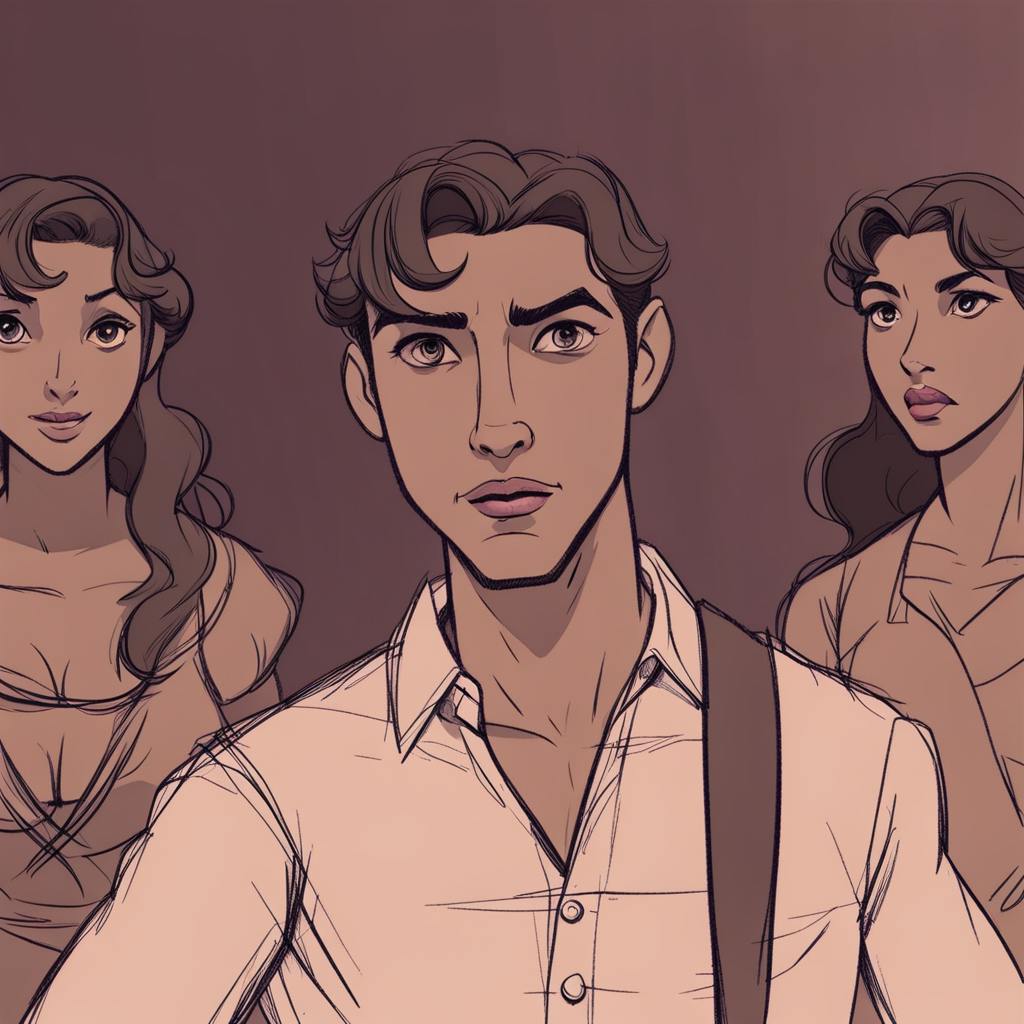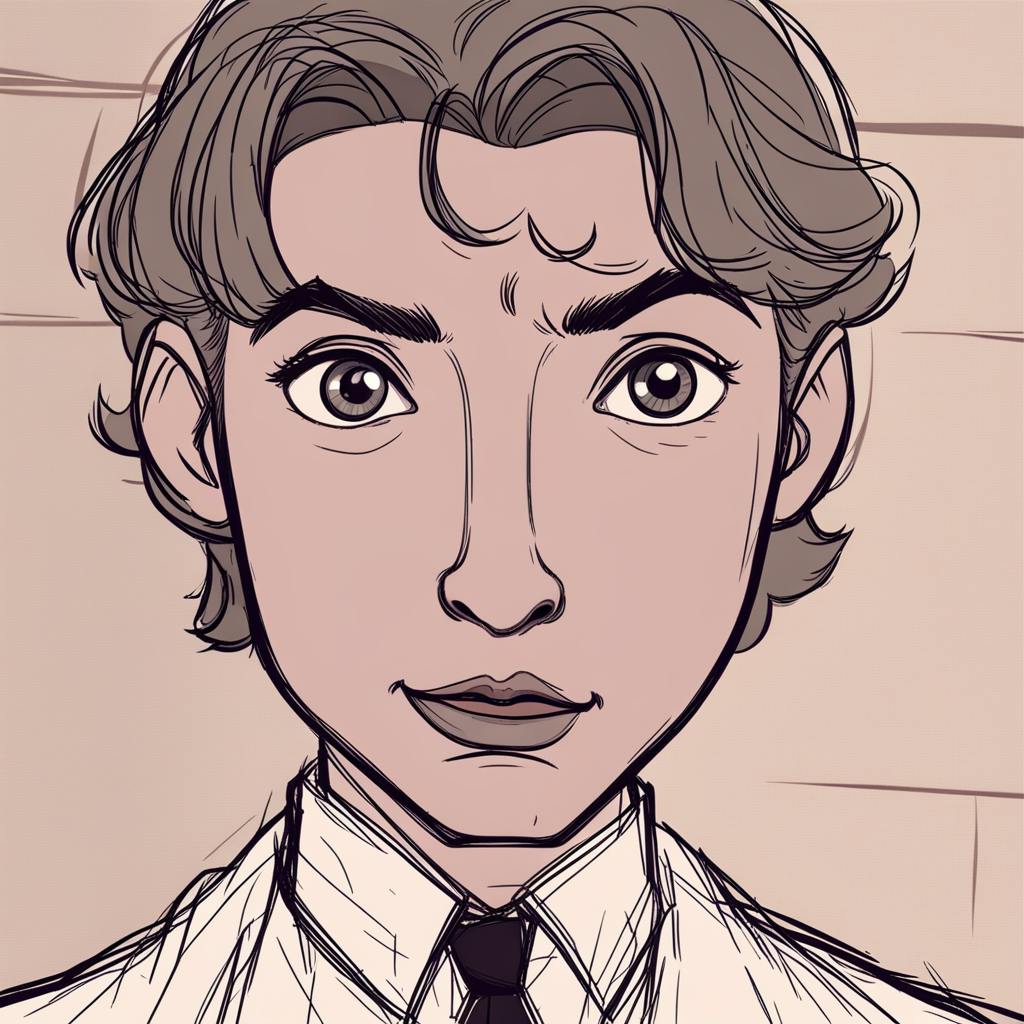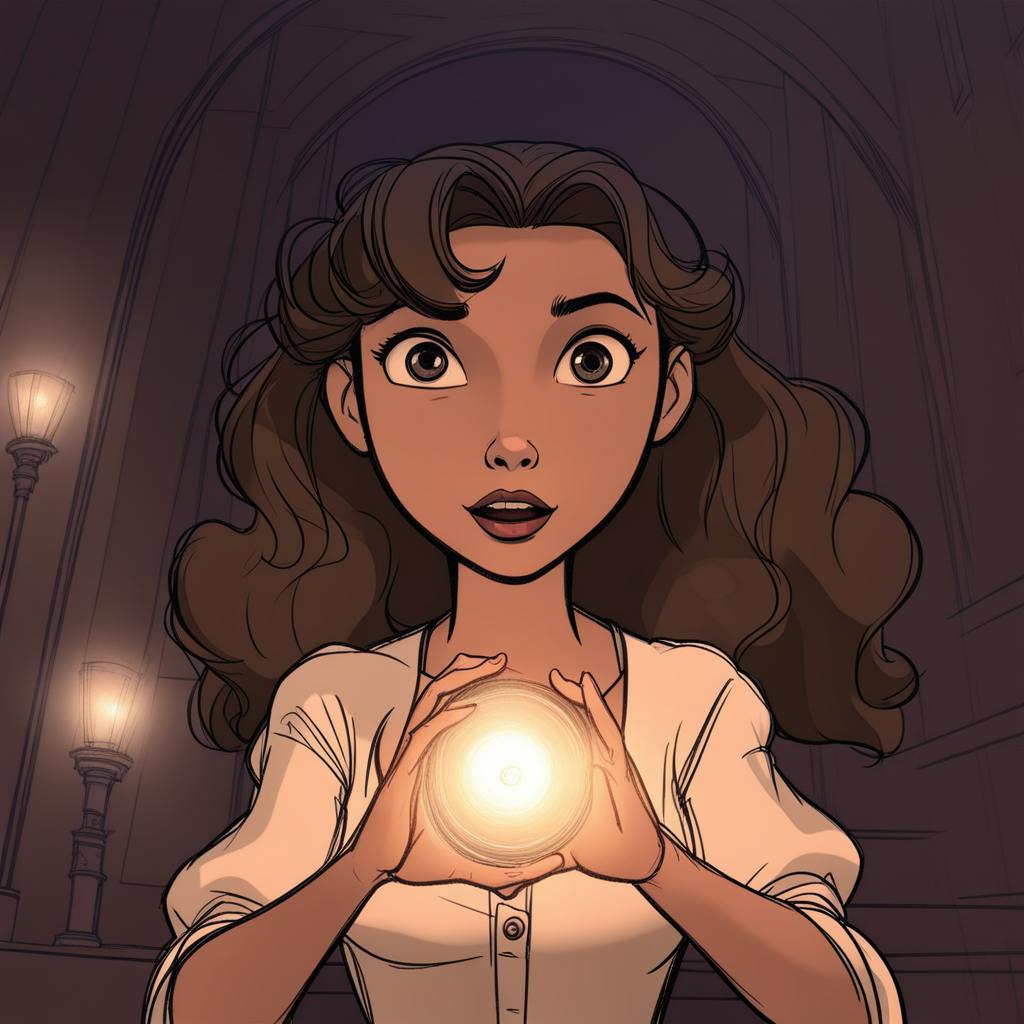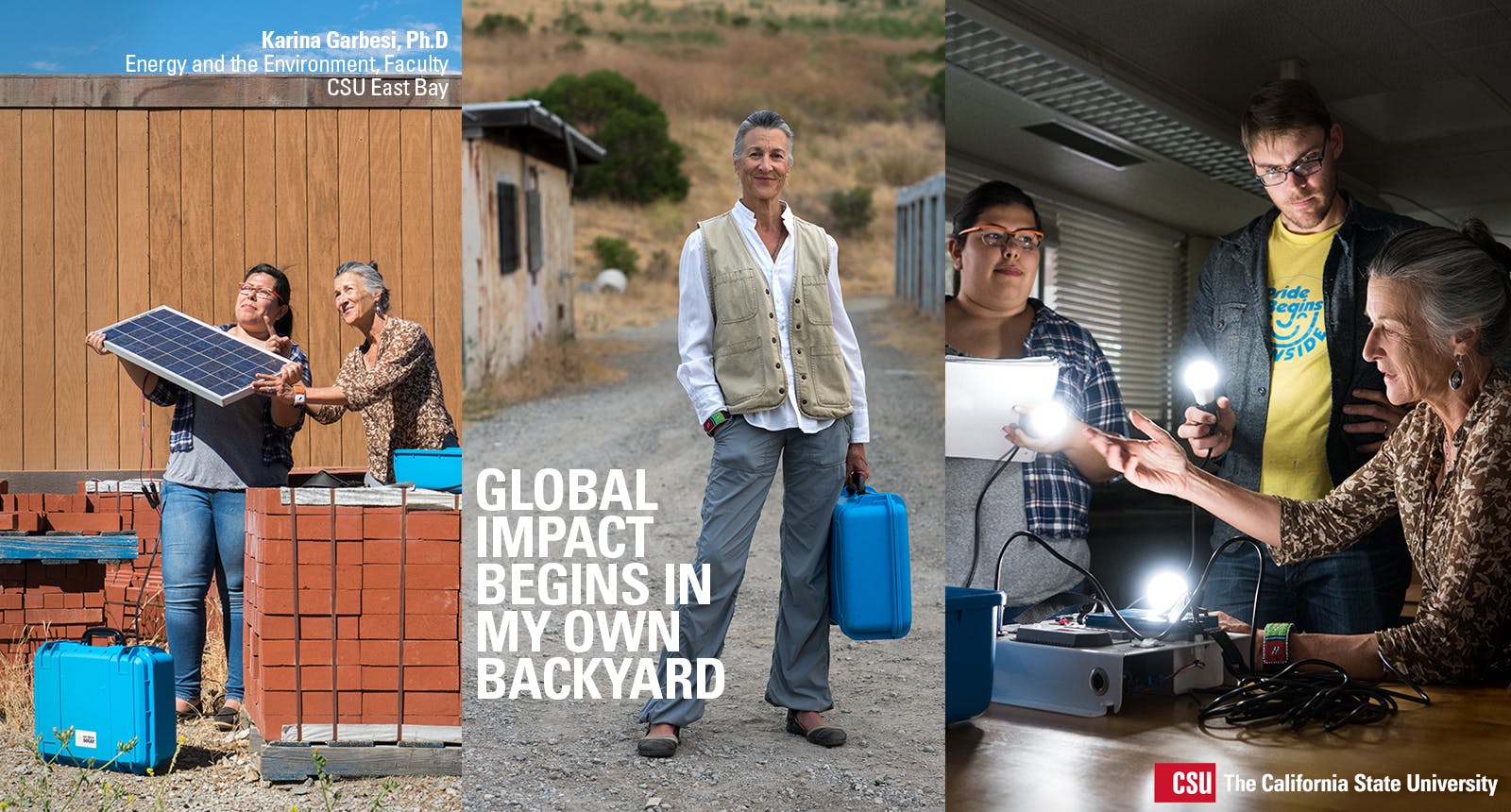In an age where artificial intelligence continues to push the boundaries of creativity and innovation, the ability of AI to "write a story based on an image" stands out as a fascinating development. This intuitive blend of visual art and linguistic prowess not only illustrates AI's impressive capabilities but also opens a new world of possibilities in storytelling and creative content generation.
Creativity Meets Technology
The core of this technological marvel lies in how AI models, such as those developed by OpenAI and Google, interpret images and convert them into coherent narratives. Utilizing advanced neural networks, these models analyze visual elements and context within an image to generate creative and engaging stories. The task of translating a picture into a narrative mirrors the way human imagination works, making AI's role even more compelling.
From creating short tales inspired by a single photograph to elaborate narratives derived from intricate digital art, the applications of this technology are vast. Not only has AI's story-writing talent enhanced creative industries, such as gaming and filmmaking, but it is also influencing content marketing and educational tools, proving that the capability to "write a story based on an image" is beyond mere novelty.
The Power Behind the Pixels
A common question is: how does an AI "write a story based on an image"? The answer lies in deep learning and natural language processing (NLP) technologies. AI algorithms are trained on massive datasets, learning to recognize patterns and details within visual content while drawing from learned language structures to create vivid storylines.
This process allows the AI to craft stories that capture the essence of an image, catering to genres ranging from mystery and adventure to fantasy and drama.
One of AI's most significant advantages is its ability to generate multiple interpretations from a single image, potentially leading to diverse and imaginative storylines each time. This versatility is crucial for industries looking to engage audiences with fresh and varied content, making AI an indispensable tool in creative storytelling.

AI made with Mili Fay
FAQs: Addressing Curiosity
How do AI systems ensure the stories are relevant to the images?
AI systems employ sophisticated image recognition and contextual analysis. They assess objects, emotions, and settings within the image to guide the narrative generation process.
Can AI's story generation match human creativity?
While AI can generate creative and diverse narratives, human involvement ensures cultural nuances and emotional depth are represented effectively.
Are there ethical concerns with AI generating stories from images?
Ethical concerns relate to intellectual property and potential biases in story generation. Ensuring diverse training data and oversight can mitigate these issues.
FAQ: AI Story Creation Based on Images
As an AI Technology Analyst, I've compiled a comprehensive FAQ to address common inquiries about how AI formulates stories based on images. This innovation showcases AI's ability to merge visual data interpretation with creative storytelling, raising both interest and questions. Here’s a deep dive into this fascinating technology:
How can AI formulate stories based on images?
AI formulates stories based on images by leveraging advanced machine learning models and natural language processing (NLP). Here's a step-by-step breakdown:1. Image Processing and Analysis:
AI uses computer vision techniques to assess the content of an image. This process involves object detection, scene recognition, and sometimes even activity or emotion recognition within the image. Convolutional Neural Networks (CNNs) are commonly used for these tasks.
- Feature Extraction: Once the image content is analyzed, the AI extracts features that are semantically meaningful, such as objects, people, settings, and emotional cues. These features serve as the input for the storytelling process.
- Story Construction: Utilizing NLP, the AI can generate coherent narratives based on the extracted features. Models like transformers (e.g., GPT-3, GPT-4) use this information to craft a story that describes, explains, or expands upon the scene depicted in the image.
- Iterative Refinement: Depending on the complexity of the AI system, it may employ iterative refinement, where initial draft stories are revised and enhanced using feedback loops that evaluate coherence, creativity, and relevance.

AI made with Mili Fay
What kind of images can AI use to create stories?
AI can create stories from a broad range of images, including:
- Photographs: AI can process detailed photographic images to interpret everyday scenes, events, or activities that may inspire narrative development.
- Artworks and Illustrations: These can be rich in abstract concepts or symbolic imagery, allowing AI to explore creative and imaginative storytelling paths.
- Comics or Graphic Novels: Panels and sequences in comics provide dynamic and sequential storytelling, which AI can interpret to create or augment stories.
- Fantasy and Sci-Fi Imagery: AI can engage with imaginative worlds, characters, and settings presented in these genres to construct unique stories.
How accurate is AI's interpretation of images for story creation?
The accuracy of AI's interpretation varies based on several factors:
- Training Data Quality: The diversity and comprehensiveness of the training dataset significantly affect accuracy. A well-rounded dataset allows the AI to recognize and interpret a wide array of visual cues accurately.
- Algorithm Complexity: Advanced models typically offer more accurate interpretations. However, they also demand more computing resources.
- Contextual Understanding: While AI excels at literal interpretations, it may struggle with nuances like cultural references or implicit meanings unless specifically trained to handle them.
- Degree of Ambiguity: Highly abstract or ambiguous images can lead to less accurate interpretations unless the AI is designed to extrapolate creatively or contextually.
As technology evolves, the accuracy of these interpretations continues to improve, although it is not yet perfect and often requires human oversight for nuanced understanding.
Can AI's skill of crafting stories from images foster creativity and imagination?
Absolutely, AI's ability to craft stories from images can significantly foster creativity and imagination:
- Creative Collaborations: Artists and writers can use AI to generate novel ideas or explore alternative perspectives, sparking new creative directions.
- Educational Tools: AI-driven storytelling can serve as educational tools, helping students visualize and narrate scenes, thereby enhancing creative writing skills.
- Inspiration and Innovation: Writers can use AI-generated stories as a foundation to build upon, resulting in fresh, innovative narratives that they might not have conceived independently.
- Enhancing Creative Processes: By providing unique interpretations and narratives, AI can push the boundaries of traditional storytelling, allowing creators to experiment with story structures, themes, and genres.
AI's ability to "write a story based on an image" represents a monumental leap in blending technology with creativity. It offers exciting opportunities for businesses, educators, and content creators to captivate audiences in ways previously thought unimaginable. As AI continues to evolve, its role in storytelling will undoubtedly expand, enriching our collective imaginative experiences. This powerful intersection of art and technology highlights a future where human ingenuity and artificial intelligence collaborate to craft narratives that both engage and inspire.

